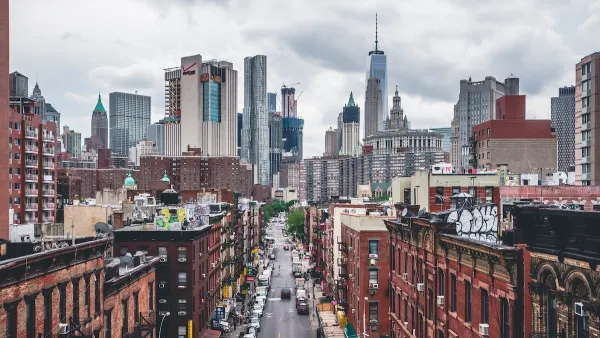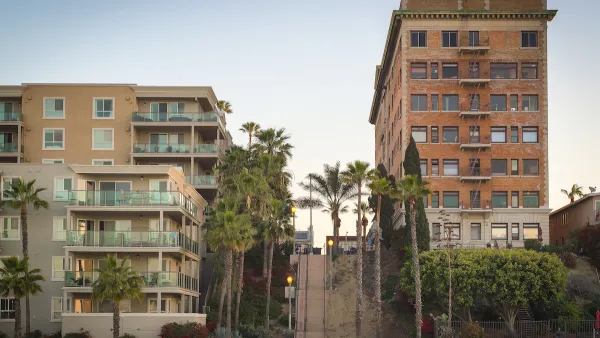The way we design cities affects housing costs differently than you might think.

As more of the world becomes urbanized, Cem S. Kayatekin and Lorenzo Uribe Sanmiguel argue that the way we build cities and “urban form” can have a dramatic impact on housing affordability, livability, and economic development.
The authors make a distinction between bottom-up and top-down development. “Today there are extensive discussions of bottom-up development and how it fosters communities and neighbourhood identity, while the lasting imprints of top-down regimes are still clearly visible in contemporary cities around the world.”
The debate over whether bottom-up or top-down systems are more inclusive and fair persists: proponents of bottom-up approaches see value to the organic development of different forms, while supporters of top-down development assert that uniform systems are more efficient.
Using case studies from Barcelona and Madrid, the authors discovered that “our research both confirmed and subverted the presumed theoretical link between urban form and housing stock, and the presumed supremacy of bottom-up over the top-down areas in fostering economic diversity.”
The study found that bottom-up areas did contain more small and affordable housing units, but that this was largely due to smaller plot sizes. “Older bottom-up areas seem to naturally lend themselves to having more small-scale plots. This is likely due to the incremental development of these areas, and the complex land ownership patterns that developed as a result.”
The broader implication for the housing crisis is that encouraging more small-lot development can boost supply and improve affordability. “What our research indicates is that deeper, more structural approaches may be worth considering – approaches that not only address the physical form of the city, but also the ownership patterns that underpin it.”
FULL STORY: “Urban form” and the housing crisis: Can streets and buildings make a neighbourhood more affordable?

Analysis: Cybertruck Fatality Rate Far Exceeds That of Ford Pinto
The Tesla Cybertruck was recalled seven times last year.

National Parks Layoffs Will Cause Communities to Lose Billions
Thousands of essential park workers were laid off this week, just before the busy spring break season.

Retro-silient?: America’s First “Eco-burb,” The Woodlands Turns 50
A master-planned community north of Houston offers lessons on green infrastructure and resilient design, but falls short of its founder’s lofty affordability and walkability goals.

Test News Post 1
This is a summary

Analysis: Cybertruck Fatality Rate Far Exceeds That of Ford Pinto
The Tesla Cybertruck was recalled seven times last year.

Test News Headline 46
Test for the image on the front page.
Urban Design for Planners 1: Software Tools
This six-course series explores essential urban design concepts using open source software and equips planners with the tools they need to participate fully in the urban design process.
Planning for Universal Design
Learn the tools for implementing Universal Design in planning regulations.
EMC Planning Group, Inc.
Planetizen
Planetizen
Mpact (formerly Rail~Volution)
Great Falls Development Authority, Inc.
HUDs Office of Policy Development and Research
NYU Wagner Graduate School of Public Service




























